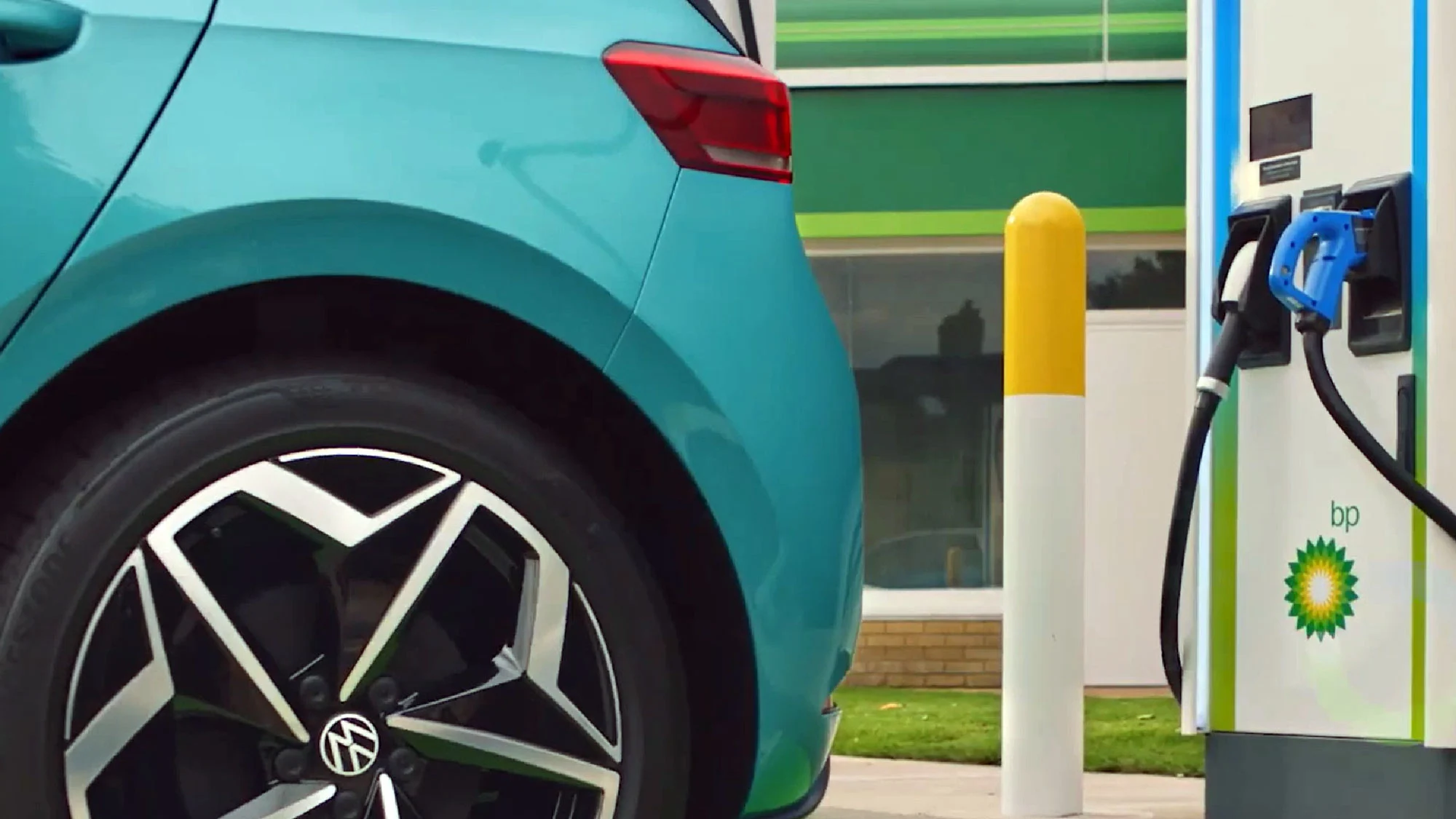Progress on our aim 3 is directly linked to our strategy to grow our low carbon businesses and provide products that have lower lifecycle emissions. We anticipate that this change in our sales portfolio will be supported by the continued evolution of the market. We are aiming to increase our capital investment in our transition growth engines, which include low carbon activity.
We expect the implementation of our strategy across our three strategic pillars – resilient hydrocarbons, convenience and mobility, and low carbon energy – to support delivery of our aim 3 up to and beyond 2030.
In 2023 the average carbon intensity of our sold energy products was 77gCO2e/MJ. This represents a 3%b decrease from our 2019 baseline, driven by changes in the sold product mix, methodology updates and the impact of portfolio changes such as the full year accounting of sales by EDF Energy Services.




